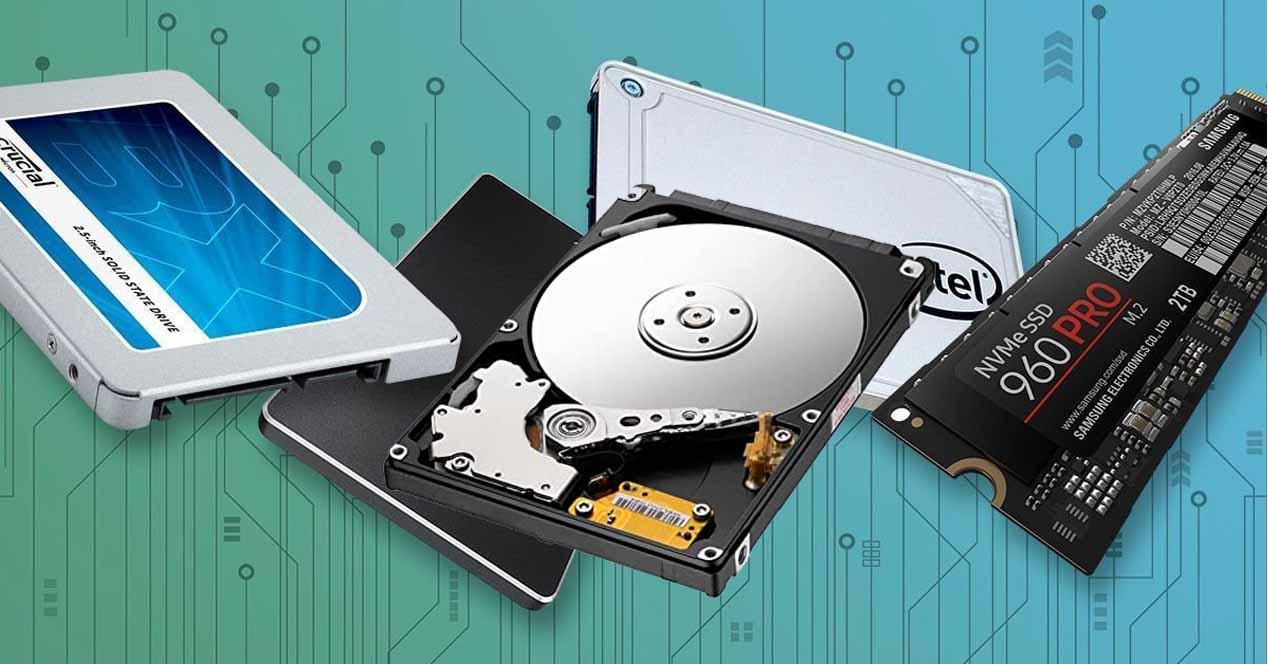Much has been said about whether hard drives should be completely replaced by SSDs, but the makers of SSDs have spent years focusing their efforts on providing greater capacity and density as a strong point. to keep this technology alive. SSDs also continue to have a higher price per GB of capacity, which means hard drives continue to have a purpose, but for how long?
Sales of SSDs and hard drives in 2020
According to the report released by Trendfocus, it is known that in 2020 more than 333 million SSD units were sold, ultimately surpassing hard drive sales that stagnated over the past year at 260 million units. In terms of total capacity, however, hard drives are still ahead, with SSDs on average having a much lower capacity than mechanical drives: the 333 million SSDs totaled “only” 207 exabytes (EB) of capacity, while all hard drives exceeded Zettabyte. (ZB).
In the following charts, you can see the distribution by manufacturer only in the last quarter (Q4) of last year.
We can see how Samsung is the market leader, followed by Western Digital, Kioxia, then Kingston and SK Hynix tied. Other manufacturers have a fairly marginal market share by comparison, with Micron (including Crucial) leading the way with just 5.8% of SSD sales share.
It should also be noted that Samsung is the manufacturer that sells the most capacity, and in this regard Intel is growing a lot, but other manufacturers such as Kingston or Western Digital are not, which means that these manufacturers are generally the most chosen when the user looks. for low cost SSDs, while these numbers indicate that when the user is looking for a high capacity SSD, they are mainly looking for Samsung.
The purpose of hard drives
According to these data, the average capacity of all SSDs sold is around 670 GB, while the average capacity of hard drives is 4 TB, still well above, and this is precisely why they are still. present in the market: They continue to offer the highest capacities (and more and more) and at a much better price per GB. In other words, users who need massive storage continue to grow. turn to mechanical disks because even if there are SSD options with large capacities, they are still excessively expensive.
The growth in SSD sales (which increased 20.8% in 2020) and the detriment of hard drive sales (which fell 18%) make us see that we have undoubtedly reached an inflection point in which SSDs are not going to stop growing while hard drives are not going to stop going down, but in the end everything has a limit and that is precisely what the capacity figures tell us.
The capacity of SSDs has increased by 50% over the past year (compared to sales of SSDs), while that of hard drives has increased by 13%. This means that SSDs are also starting to come close to hard drives in terms of capacity, but until the price per GB is matched, mechanical hard drives will continue to exist, and everything indicates that there are many years to go before. reach that point.










